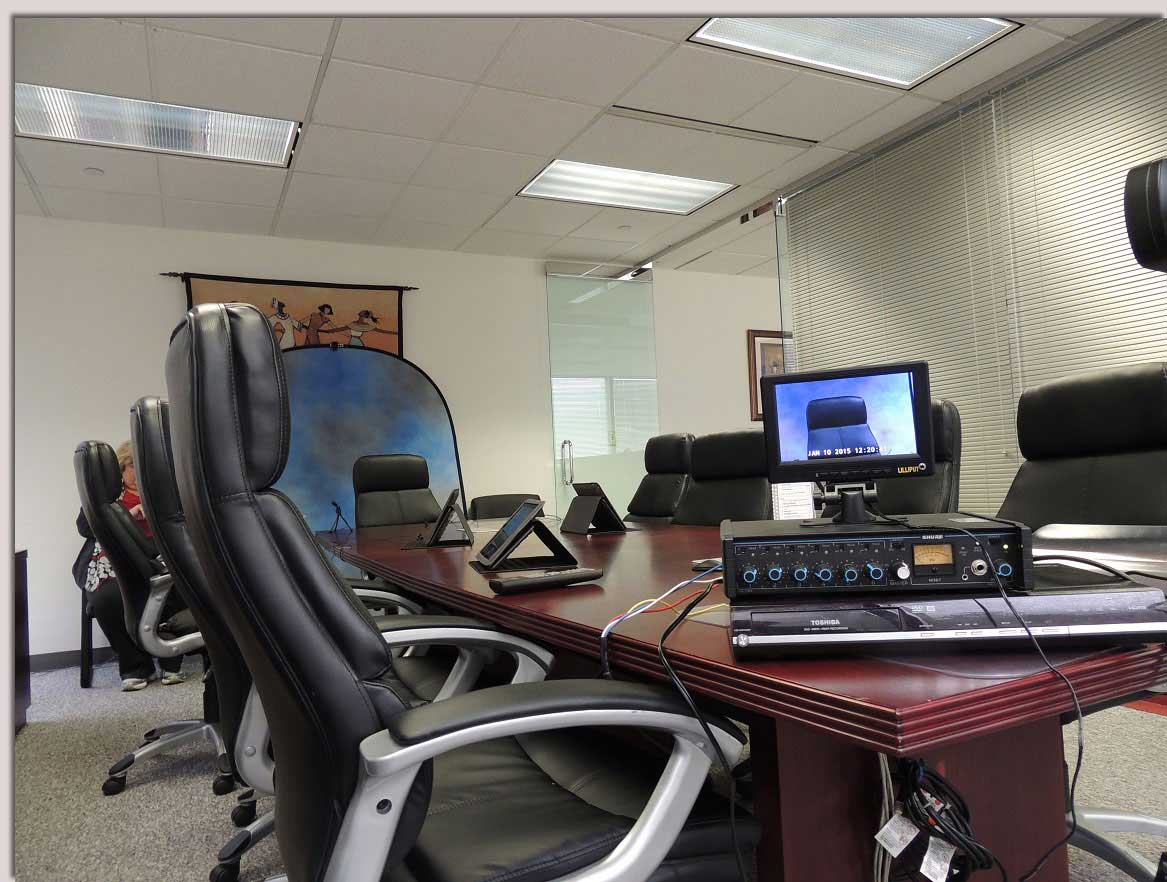Why Lawful Videography Is Necessary for Accurate Legal Record-Keeping
In the realm of lawful procedures, the accuracy of record-keeping is extremely important, and legal videography arises as a vital device in this context. As we explore the diverse advantages of lawful videography, one must consider its ramifications for the future of judicial honesty and transparency.
Relevance of Visual Evidence
Establishing the importance of visual evidence in legal proceedings is vital for guaranteeing accurate record-keeping and enhancing the general integrity of the judicial procedure. Aesthetic evidence acts as a crucial device in recording events, problems, and other relevant details that may be important to an instance. Unlike written accounts, which are vulnerable to analysis and prejudice, aesthetic recordings supply a purpose, unalterable depiction of facts as they took place.


This form of proof can record a variety of components, including witness actions, environmental context, and physical evidence, all of which may affect judicial results. By presenting a clear and detailed aesthetic narrative, legal videography removes uncertainty and assists to preserve the credibility of the proof.
Furthermore, aesthetic evidence can be crucial in lowering conflicts over accurate discrepancies, as it permits a direct contrast against testament and other documented documents. In an age where digital modern technology is progressively widespread, the capability to existing visual proof successfully can significantly enhance the total high quality of lawful process. Eventually, the consolidation of aesthetic proof not just reinforces the documentation procedure yet additionally enhances public count on the judicial system by advertising transparency and accountability.
Enhancing Statement Reliability
The integration of legal videography right into court process considerably improves the reliability of witness testimony. By capturing the subtleties of verbal and non-verbal interaction, video recordings provide a more detailed depiction of a witness's temperament, feelings, and dependability. This visual paperwork enables jurors to observe the witness's body language, faces, and overall carriage, which are crucial components that can affect their perception of testimony credibility.
Additionally, lawful videography lowers the capacity for misconception or distortion of statement that might take place in created transcripts. Audiences can see and listen to the statement as it was offered, guaranteeing that the context and tone are protected. This credibility promotes a higher sense of count on amongst jurors, that might be extra inclined to think statement that they can witness firsthand.
In addition, the existence of video clip footage can discourage witnesses from offering deceptive or overstated statements, as they know that their testament is being taped. This liability enhances the honesty of the judicial procedure. Ultimately, lawful videography serves as an essential device in ensuring that witness statement is not just precisely portrayed however also viewed with increased trustworthiness by all parties involved.
Comprehensive Record Conservation
Comprehensive record preservation is important for keeping the honesty of legal process. Lawful videography functions as an essential device in this process, offering a precise visual and auditory account of statements, depositions, and other zero hours in a case. Unlike traditional written transcripts, video clip recordings capture the nuances of body language, tone, and feeling, which are important for comprehending the context and intent behind statements made throughout lawful proceedings.

In addition, the capacity to evaluate video clip proof allows attorneys to determine critical details that might have been ignored in written documents. By maintaining an extensive archive of legal process through videography, law office can promote the greatest requirements of precision and liability, ultimately adding to a fairer judicial procedure.
Enhancing Lawful Proceedings
Improving legal procedures is crucial for boosting effectiveness and minimizing hold-ups within the judicial system. Lawful videography functions as a crucial tool in accomplishing this objective by supplying clear and exact aesthetic paperwork More hints of court hearings, depositions, and testaments. This technology permits real-time recording, making certain that all verbal and non-verbal signs are caught, which can help with quicker resolution of disputes.
The integration of videography into legal processes lessens reliance on conventional methods, such as prolonged records, which can be time-consuming to generate and evaluate. By having access to tape-recorded footage, attorneys can quickly reference essential moments, enhancing their ability to prepare and existing cases successfully. This immediacy also helps in the clearing up of statements, minimizing the capacity for misinterpretation.
Additionally, visual documents promotes a more appealing court room experience for jurors, helping them to realize complex details a lot more easily. Ultimately, legal videography improves communication among all events involved, from attorneys to judges to jurors, consequently promoting a more effective judicial process (legal videography). In a period where time is of the essence, embracing this innovation is vital for the modern-day lawful landscape
Admissibility in Court
Exact documentation is vital not only for performance however also for making certain that evidence is acceptable in court. Lawful videography serves as an essential device in this process, providing a reputable visual document of statements, statements, and occasions. Courts commonly need proof to fulfill certain criteria of admissibility, consisting of significance, authenticity, and dependability. High-grade video clip recordings can satisfy these criteria by capturing clear sound and visual information that written records might neglect.
To be considered admissible, lawful videography needs to stick to established procedures, such as appropriate devices use, appropriate illumination, and clear audio capture. Additionally, it is necessary to have qualified videographers who comprehend the legal demands bordering evidence collection. The chain of custodianship need to additionally be kept to prevent any kind of insurance claims of tampering or alteration.
In addition, lawful click for info videography can boost the persuasiveness of proof by giving jurors with a straight sight of the statement, enabling a more involved understanding of the case. In summary, the combination of lawful videography right into record-keeping not just sustains efficiency but additionally boosts the honesty and admissibility of evidence in court proceedings.
Final Thought
In verdict, lawful pop over to this web-site videography plays a crucial function in making certain precise legal record-keeping by offering objective visual paperwork. Ultimately, the incorporation of lawful videography into the judicial procedure advertises openness and strengthens public trust fund in the integrity of the legal system.